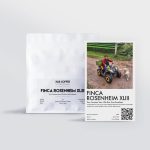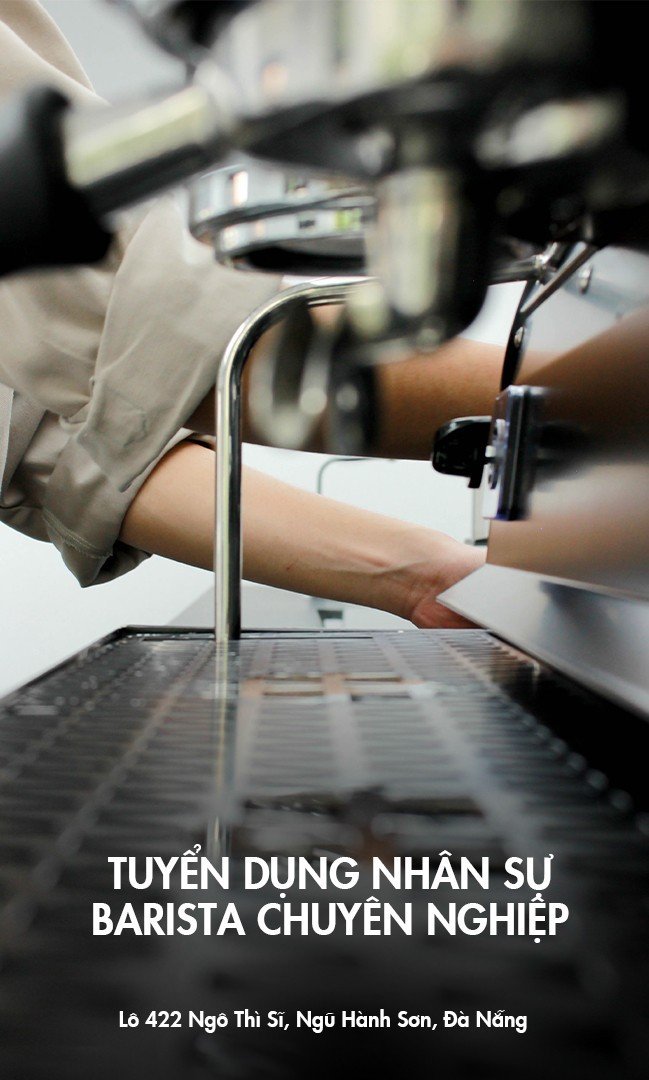Hidden Dangers of Traditional Green Coffee Packaging
– PROTECT THE ORIGIN –
To maintain freshness, manufacturers often use many layers of packaging to preserve coffee. Among them, some types use traditional green coffee packaging such as jute fabric, common plastic, etc. These materials are cheap, helping farmers optimize most production costs and exports. However, they can potentially harm the environment and coffee quality. Explore with 43 Factory Coffee Roaster!
Traditional Types of Green Coffee Preservation Packaging
The buying, selling, and trading of coffee have existed for many centuries. In the days when there were no modern bioplastic production technologies and waterproof materials, farmers often preserved green coffee in jute, fique, or synthetic plastic bags. Jute and fique are the longest-lasting forms of packaging made from natural fibers among coffee preservation packaging types. These bags are very cheap, but their water resistance is not high. Currently, jute bags are used as an outer protective layer for coffee. Plastic is also a common type of packaging that appeared early and was popular in the coffee industry. It is used as the inner lining of coffee bags. The price of regular plastic packaging is not high, but it is waterproof, helping to better protect coffee from external influences.

Popular traditional green coffee preservation packaging is made from jute, fique or synthetic plastic
Negative Effects of Traditional Green Coffee Preservation Packaging
Packing into small bags and using multiple layers of wrapping helps to transport and preserve coffee better. However, many types of packaging can negatively impact the environment and coffee quality.
Packaging made from jute & fique does not guarantee quality
Jute and fique green coffee preservation packaging is made from natural fibers and is known for its biodegradable properties. However, these packaging are not as environmentally friendly as you might think. According to María Patricia Berrío Romero – sustainable development director of Fibtex, the environmental protection advantages of jute bags and figs largely depend on how the materials are processed. If these bags are sent to the landfill, the packaging is unlikely to be completely biodegradable. Because landfill conditions often lack optimal amounts of sunlight and oxygen, packaging cannot biodegrade easily and smoothly. In addition, jute and fique packaging are very weak in terms of moisture and water resistance, causing spoilage and mold. Natural fibers may also have an increased risk of odor contamination affecting the sensory properties of coffee.

Green coffee preservation packaging made of jute and figue is resistant to water and humidity
Packaging made from traditional plastic can cause pollution
Plastic packaging is an improved product that addresses the disadvantages of jute bags. It is often used inside fabric bags to enhance the effectiveness of coffee protection. Plastic bags are also easily sealed, creating an airtight barrier that helps the coffee beans avoid the influence of outside factors. However, many traditional plastics used in bags are disposable. Plastic is made from a mixture of many different types of plastic. Therefore, it is difficult to handle these wastes correctly, especially in places with fewer circular economy models. Most of the time used plastic packaging is not recycled or disposed of properly. When these packages are burned or buried underground, they cannot decompose and create toxic emissions that pollute the environment.
The coffee industry is increasingly making efforts to move towards a sustainable industry. Choosing greener packaging has become a major topic of debate over the past few years. Manufacturers and suppliers are gradually switching to recyclable and biodegradable packaging to limit negative impacts on the environment. However, completely staying away from plastic packaging is very difficult. Furthermore, new innovative materials also need to be handled properly to ensure comprehensive environmental protection. Experts note that in addition to choosing sustainable materials, the entire industry needs to pay attention to ensuring proper waste treatment.

Plastic packaging for preserving green coffee can pollute the environment if not handled properly
Therefore, XLIII Coffee – The brand developed from 43 Factory Coffee Roaster has always used Grainpro packaging that is recyclable and biodegradable. The operating process always ensures optimal plastic materials and ensures the recycling and waste treatment process limits negative impacts on the environment to the maximum extent. If you want to experience specialty coffee beans and contribute to environmental protection, visit XLIII Coffee stores.
Related articles:
– Unlocking Robusta’s Potential: WCR Embarks on Advanced Breeding Research
– WCR Introduces Komasti Coffee Variety to Farmers in Indonesia













